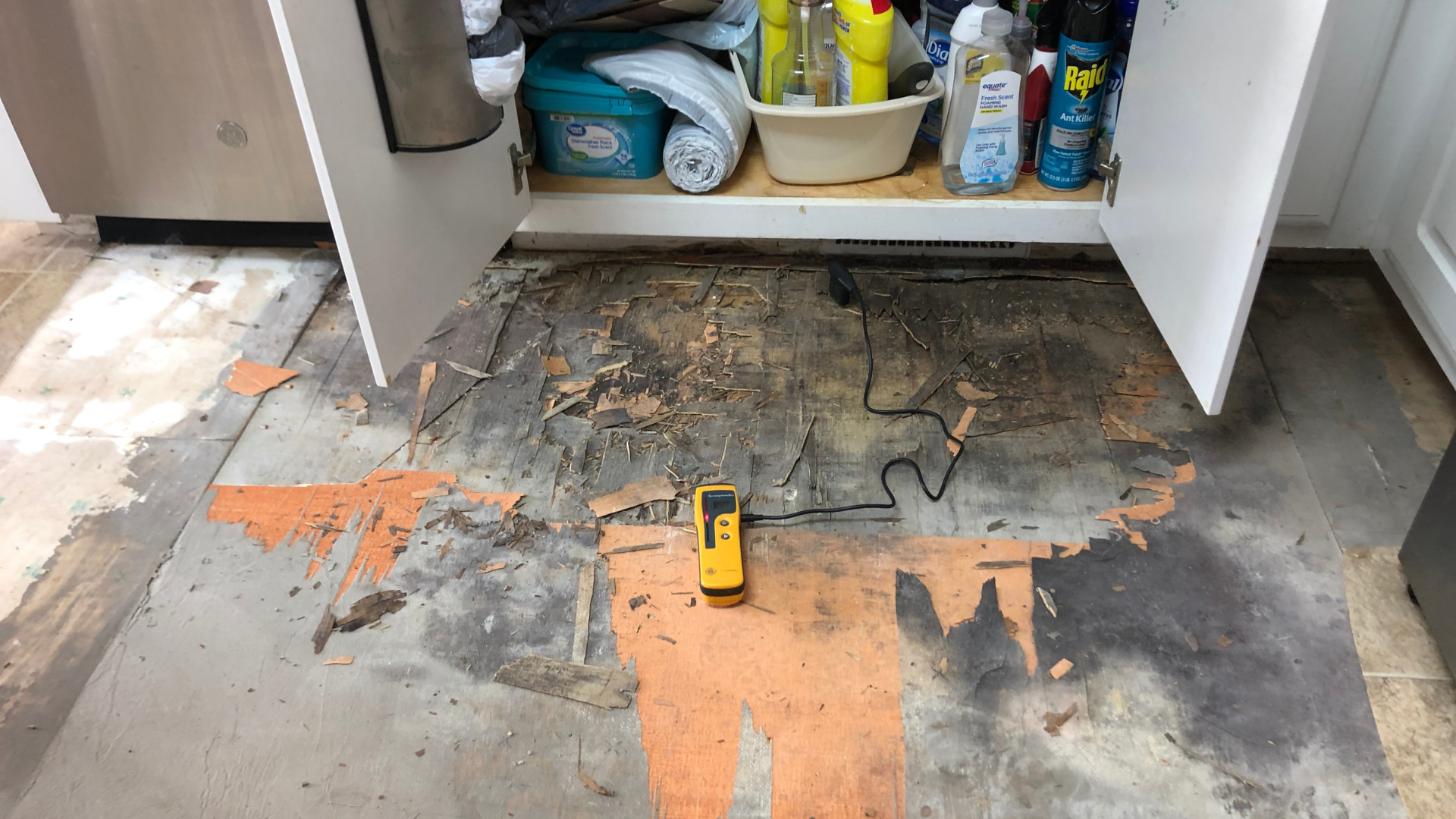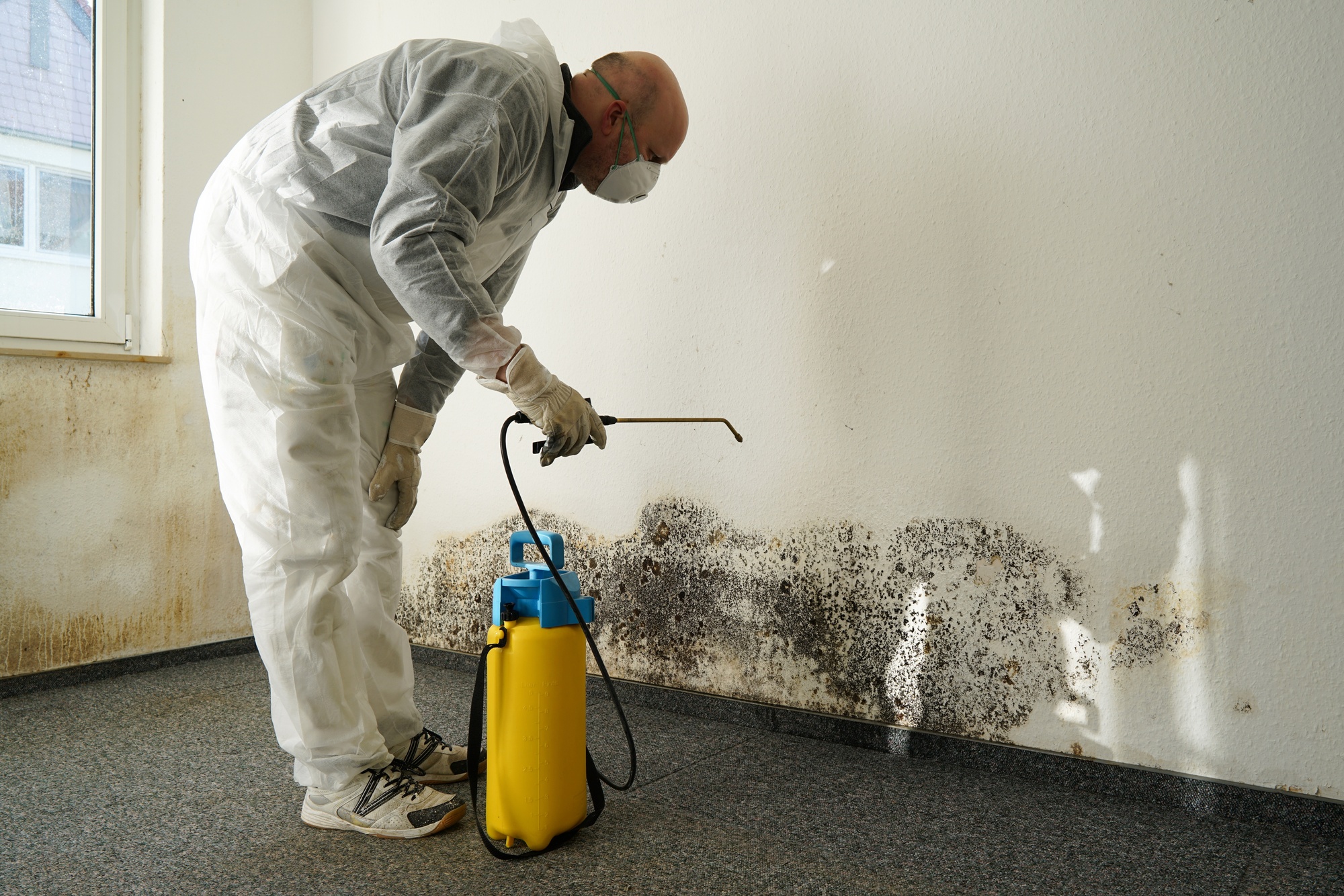Water Damage Restoration 101: Comprehending the Process and Expense
Water damage can strike all of a sudden, leaving home owners in a state of complication. Comprehending the repair process is necessary for reliable healing. From assessing the damage to choosing the ideal provider, each step impacts the total result and price. Elements such as the kind of water damage and urgency also play a substantial function. What are the details techniques utilized in remediation, and how can one prepare for prospective expenditures?
Sorts Of Water Damage

Preliminary Evaluation and Inspection

Water Extraction Techniques
Complying with the preliminary analysis, efficient water extraction strategies are employed to minimize damage and protect against more problems. These strategies involve making use of specialized devices such as submersible pumps and industrial-grade vacuums - Water Damage Restoration. The choice of method relies on the volume of water present and the sort of products influenced. For standing water, submersible pumps are typically made use of for fast removal, while vacuum cleaners are suitable for drawing out water from carpets and upholstery. In addition, progressed methods like water extraction mats might be employed for hard-to-reach areas - Flood Cleanup Services. The objective is to remove as much water as possible, reducing the capacity for mold growth and structural damage. Prompt and efficient water removal is important in the total water damage remediation process
Drying Out and Dehumidification Process
When the water extraction is full, the drying and dehumidification procedure becomes critical to bring back the affected location. This phase commonly utilizes industrial-grade dehumidifiers and air moving companies to efficiently minimize wetness degrees. The dehumidifiers attract moist air, eliminating excess moisture, while air movers circulate air to increase evaporation. Tracking tools is commonly made use of to track humidity and temperature levels, making certain ideal drying out problems. The period of this procedure can vary relying on the level of the water damage and environmental elements. It is crucial to thoroughly dry all influenced products, including wall surfaces, flooring, and furnishings, to stop mold growth and structural damage. Appropriate implementation of this action is critical for a successful repair end result.
Cleansing and Sterilizing Damaged Locations
A complete preliminary evaluation and examination of impacted areas is important to recognize contamination degrees when the drying out process is complete. Flood Cleanup Services. Reliable cleaning strategies and ideal items should then be employed to get rid of debris and stains. Ultimately, sanitization and sanitation techniques are necessary to ensure that unsafe pathogens are removed, bring back the space to a safe problem
Initial Analysis and Inspection
Prior to beginning any kind of reconstruction initiatives, a detailed preliminary assessment and assessment of the influenced locations are important for effective cleaning and sterilizing. This process includes determining the level of water damage, identifying the source of the water invasion, and evaluating the materials impacted. Examiners usually try to find signs of mold and mildew development, architectural integrity concerns, and damaged items. The assessment additionally consists of inspecting moisture degrees making use of specific tools to assure no covert water pockets stay, as these can result in further problems. Documenting the findings is vital for preparing the following actions in the reconstruction procedure. An in-depth preliminary analysis enables repair professionals to devise a targeted approach for effective cleaning and disinfecting, ultimately reducing damage and health and wellness threats.
Cleansing Techniques and Products
Reliable cleansing and sterilizing of water-damaged areas require a variety of methods and items tailored to the specific products affected. For porous surface areas like drywall and carpeting, extraction methods are vital to get rid of excess dampness, followed by deep cleaning with specialized cleaning agents. Non-porous materials such as tile or steel can be cleaned up utilizing commercial-grade cleaners that successfully eliminate pollutants. Heavy steam cleaning is one more effective strategy, specifically for rugs and furniture, as it makes use of heats to get rid of germs and mold and mildew (Flood Cleanup Services). Furthermore, environment-friendly products are progressively popular for their safety and security and efficacy - Water Damage Restoration. Ultimately, picking the suitable cleansing methods and products not just assures prompt sanitation but likewise help in avoiding further damage and carcinogen related to water intrusion
Sanitization and Disinfection Approaches
When attending to water damage, appropriate sanitization and sanitation approaches are vital to assure the safety and health and wellness of the damaged environment. After first cleaning, surfaces should be treated with ideal anti-bacterials to eliminate microorganisms, mold, and germs that thrive in wet conditions. Typical methods include using EPA-approved chemical disinfectants, which can be applied via spraying or wiping strategies. In addition, ultraviolet (UV) light systems can properly sanitize locations by neutralizing microbes without extreme chemicals. The choice of technique frequently depends upon the sort of materials impacted and the level of contamination. Eventually, comprehensive sanitization not only recovers a safe space yet also assists protect against future health dangers linked with lingering moisture and mold growth.

Fixings and Restoration Options
Evaluating the damage triggered by water exposure is crucial for identifying the ideal repair work and restoration alternatives. House owners might face various issues, consisting of harmed drywall, distorted flooring, and compromised structural components. Depending on the extent of the damage, repairs might involve replacing areas of drywall, mounting new flooring, or enhancing architectural beam of lights. In situations of severe damage, full substitute of afflicted materials could be needed. Furthermore, expert restorers frequently recommend using moisture meters to assess concealed dampness levels prior to selecting the most effective training course of activity. It is very important to act promptly to avoid mold and mildew development and additional degeneration. Choosing the right alternatives not just recovers the home however additionally ensures long-lasting safety and performance.
Factors Affecting Restoration Expenses

The degree of water damage directly affects the restoration costs homeowners can anticipate to incur. Elements such as the source of the water, the duration of direct exposure, and the damaged visit this web-site products considerably affect rates. For example, tidy water damage from a busted pipeline is generally less costly to bring back contrasted to damage triggered by sewer. Furthermore, the level of contamination determines the requirement for specialized cleansing and disposal solutions, even more boosting expenditures. Geographical area also plays a duty, as local labor rates and availability of remediation services can vary. Finally, the urgency of the action impacts costs; quicker interventions generally result in lower overall expenditures by avoiding additional damage. Comprehending these variables is important for property owners when approximating reconstruction prices.
The 3 main types of water damage are categorized based on contamination levels: tidy water, grey water, and black water. An extensive preliminary assessment and inspection are essential actions in the water damage restoration process. For standing water, submersible pumps are typically made use of for fast removal, while vacuums are ideal for removing water from rugs and furniture. The degree of water damage directly influences the repair sets you back homeowners can expect to sustain. Clean water damage from a damaged pipe is normally much less costly to recover compared to damage created by sewage.